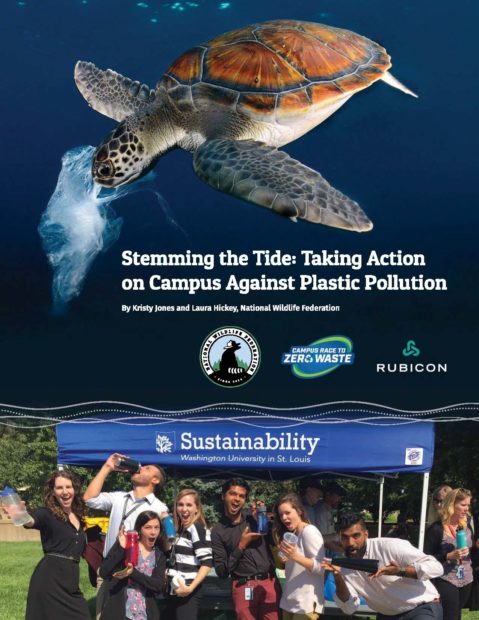We have much more to do and your continued support is needed now more than ever.
QUIZ: Ocean Plastic Pollution
Test your knowledge of how plastic pollution impacts our natural marine environments
Roland Geyer, an associate professor at the University of California, Santa Barbara, led the first-ever global analysis of plastic production, finding that “between 2002 and 2015 we made the exact same amount of plastic that we made between 1950 and 2002.”
And much of this plastic ends up in the environment, including our rivers and oceans, by people littering, illegal dumping, and accidental loss of trash during strong winds or during transport. Plastics in the ocean absorb and release heavy metals including lead and cadmium, and these toxins enter marine food webs when animals consume plastics and could get passed up to humans.
Interested in learning more about plastic pollution and how you can take action? Read Stemming the Tide: Taking Action on Campus Against Plastic Pollution.
Stemming the Tide is for campus students, clubs, resident advisors, staff, and faculty to use as a resource to get started and tackle plastics on campus. The guide features smaller, individual actions, and campus-wide engagement campaigns and includes information about the plastics pollution problem, its impacts on humans and wildlife, action ideas, and educational strategies.
Although the guide is written for the campus audience, many of the small and larger actions are easily transferable to the residential and business communities.























